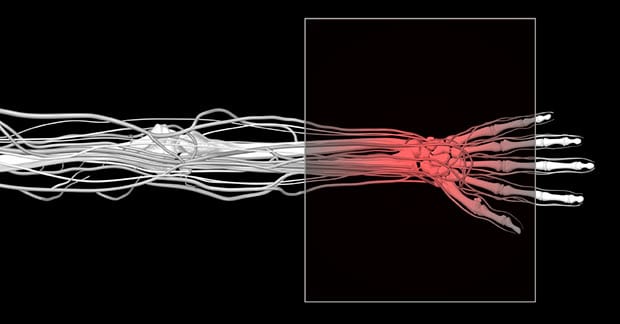Newest Articles
This article is part 2 of a 2 part series. For part 1, Click Here.
Low back pain (LBP), as previously stated, will affect most (if not all) of us at some point in time. Knowing what to do when the warning signs occur is essential to avoiding a disabling level of LBP. Last month, [..]
The nervous system can be categorized in many different ways. In understanding nervous system physiology, a simple but accurate way of categorization is to view the nervous system as two separate but integrated systems:The MOTOR nerve systemThe SENSORY nerve systemThe MOTOR nerve system is the nerves that move our muscles (motor), and also control the function of our visceral organs (like [..]
Whiplash injuries are most commonly associated with motor vehicle collisions (MVC), although they can happen from anything that results in a sudden movement of the head -- from slip and fall injuries, carnival rides, sports-related injuries, and more. When associated with MVCs, the terms “acceleration/deceleration injury” or “whiplash associated disorders (WAD)” are often applied, depending [..]
Fibromyalgia
(FM) is now considered a central nervous system (CNS) disorder rather
than a musculoskeletal condition. FM is managed best from a balance of
different approaches including chiropractic adjustments, soft tissue
therapies, modalities, exercise, diet, supplementation, sticking to a
schedule, taking naps, stress management, cognitive behavioral therapy,
and more. Common symptoms of FM include chronic [..]
Carpal
tunnel syndrome (CTS) can arise as a result of a number of different
causes and as such, treatment is guided by the specific needs of the
individual and tailored to each individual case. With that said, there
are specific treatment strategies that chiropractors provide that
address three primary goals: 1) physical management strategies; 2) [..]
Headaches
(HA) can significantly alter a person’s quality of life. Moreover, they
can interfere and sometimes even prevent an individual from performing
important activities such as going to work, attending school, or
participating in group activities such as sports, music programs,
holiday gatherings, and more. The focus of this month’s article is on
tension-type headaches [..]
Low back pain (LBP) will most likely strike all of us at some point , at least that’s what the statistics indicate. How we “deal with it” initially can be critical to its progression or cessation. Here are some “highlights” of what to do “WHEN” this happens to you.
STOP: The most important thing you [..]
The NumbersLow back pain is one of the most thoroughly investigated health problems worldwide, yet both prevention and effective treatment are elusive and controversial. The National Library of Medicine of the United States displays nearly 25,000 articles when the key words “low back pain” are used (May 2014).Suffering with low back pain is almost a [..]
Last month, we started the discussion of self-care options in the management of whiplash or CAD (cervical acceleration-deceleration) or WAD (whiplash associated disorders). In this series, we are describing various treatment methods that you can be taught to help facilitate in the management process during the four stages of healing (acute, subacute—discussed last month; remodeling [..]
Fibromyalgia
(FM) is one of the most common types of chronic pain disorders with an
estimated five million sufferers in the United States alone. A
“hallmark” of FM is the difficulty its sufferers have in describing
their symptoms. When asked, “…what type of pain do you feel?,” the
response is often delivered with uncertainty such [..]
When a patient presents with the signs and symptoms of carpal tunnel syndrome (CTS), one would think that the examination and treatment would be fairly straightforward and “routine.” The problem is, no two cases of CTS are identical because of all the possible mitigating factors, or the presence of OTHER issues that may be contributing [..]
Headaches (HA) play a significant role in a person’s quality of life
and are one of the most common complaints that chiropractors see. This
comes as no surprise, as one survey reported 16.6% of adults (18 years
and older) suffered from migraines or other severe headaches during the
last three months of 2011. Another study [..]















